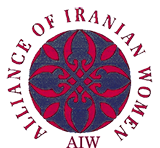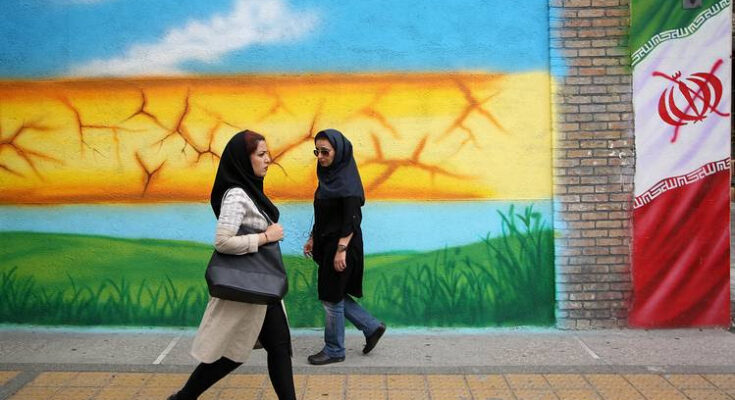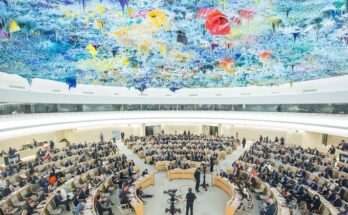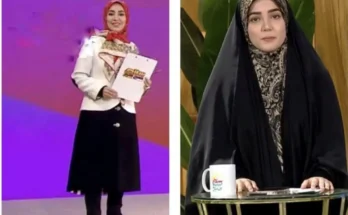Protesters removing their headscarves in unprecedented acts of civil disobedience are fostering a crisis of self-confidence for the regime
Source: The Wall Street Journal
By Masih Alinejad

With the U.S. pullout from the nuclear deal, Iran will soon face renewed economic sanctions, compounding a crisis that has seen its currency go into freefall. On top of that, the Trump administration has signaled its readiness for political and perhaps even military confrontation with the Islamic Republic. These are very real pressures, but I would argue that they don’t threaten the ruling mullahs nearly as much as a growing domestic development: the prospect of unveiled Iranian women.
The Islamic Republic’s key vulnerability has always been its oppression of women. Since coming to power in 1979, the theocracy has imposed compulsory hijab laws, requiring women to securely wrap their heads in scarves in public. Over the past four years, however, with little help or notice from Western powers pressing the regime on other fronts, Iranian women have countered the most visible symbol of clerical rule. They have begun to remove their headscarves in unprecedented acts of civil disobedience, fostering a crisis of self-confidence for the regime.
Iranian police announced that “bad hijab” had led to 3.6 million cases of police intervention, more than any other type of crime. Then they stopped releasing figures.
I was a two-year-old in the northern Iranian village of Ghomikola when the Islamic Republic was formed after the overthrow of the Shah in 1979. Like every girl, I had to start wearing a headscarf at age seven. Iranian women cannot be judges or members of the council that vets laws, cannot travel abroad or seek divorce without their husband’s permission, and cannot attend sports events. In my own divorce, I lost custody of my son because the law favors men. Only Saudi Arabia is as restrictive, and it is loosening some of its rules.
In 2002, I became a journalist writing for reformist publications, but I was always aware that my hair was held hostage by the Islamic Republic. One day, wearing my hijab while in conversation with two members of Iran’s parliament, I was approached by a conservative lawmaker who immediately warned, “First, cover your hair or I’m going to punch you.” A few wisps had flown loose.

In 2009, I had to flee my homeland to avoid being arrested amid political tensions. Five years later, I began the online campaign “My Stealthy Freedom” from London and then New York, urging Iranian women to post images on my Facebook page of themselves removing their hijabs. Hardline newspapers predicted the movement’s speedy demise, but thousands of women sent me images of their quiet rebellion. Last year, we launched White Wednesdays as a weekly street demonstration in which women either publicly take off white headscarves or wear the color in solidarity.
The activism is clearly upsetting the regime. In 2014, when our movement began, Iranian police announced that “bad hijab” had led to 3.6 million cases of police intervention, more than any other type of crime; they then stopped releasing figures. The next year, according to an analysis by a University of Tehran professor, the government spent the equivalent of hundreds of millions of dollars to promote compulsory hijab, using state-owned media, billboards and leaflets. In 2016, the regime said it was deploying 7,000 undercover morality police in Tehran to enforce hijab laws.
But the propaganda and crackdowns have failed to stem the opposition. In 2016, we got men to join in by sending photos of themselves standing by women who had shed their headscarves. This February, Iranian police arrested 29 activists in one day for their involvement in White Wednesday, but the demonstrations continue. In April, a female university student in Tehran was slapped by a morality police officer for letting her hair show through a loosely wrapped hijab; the ensuing struggle was captured on a mobile phone and went viral. Three government officials, including the minister of the interior, apologized for the attack, but the officers involved were then promoted.
As police increasingly harass women wearing white, we have asked women to shoot video of these interactions; think of it as an Iranian version of the #MeToo movement. It has already led to one change: Security officers have threatened to arrest any protesters wielding mobile phones.
On International Women’s day on March 8, Iran’s Supreme Leader launched a tirade against women who challenge the hijab laws, and he blamed the West: Iran’s enemies, he said, had worked to promote the protest so that “a few girls would be deceived and take their scarves off.”
Women used to merely fear the Islamic Republic; now the Islamic Republic fears its own women. We want women to have the same rights as men in Iran. Perhaps we can manage to elect a woman president before the United States does. That is the regime change we want.
—Ms. Alinejad is the author of “The Wind in My Hair: My Fight for Freedom in Modern Iran,” published by Little, Brown




